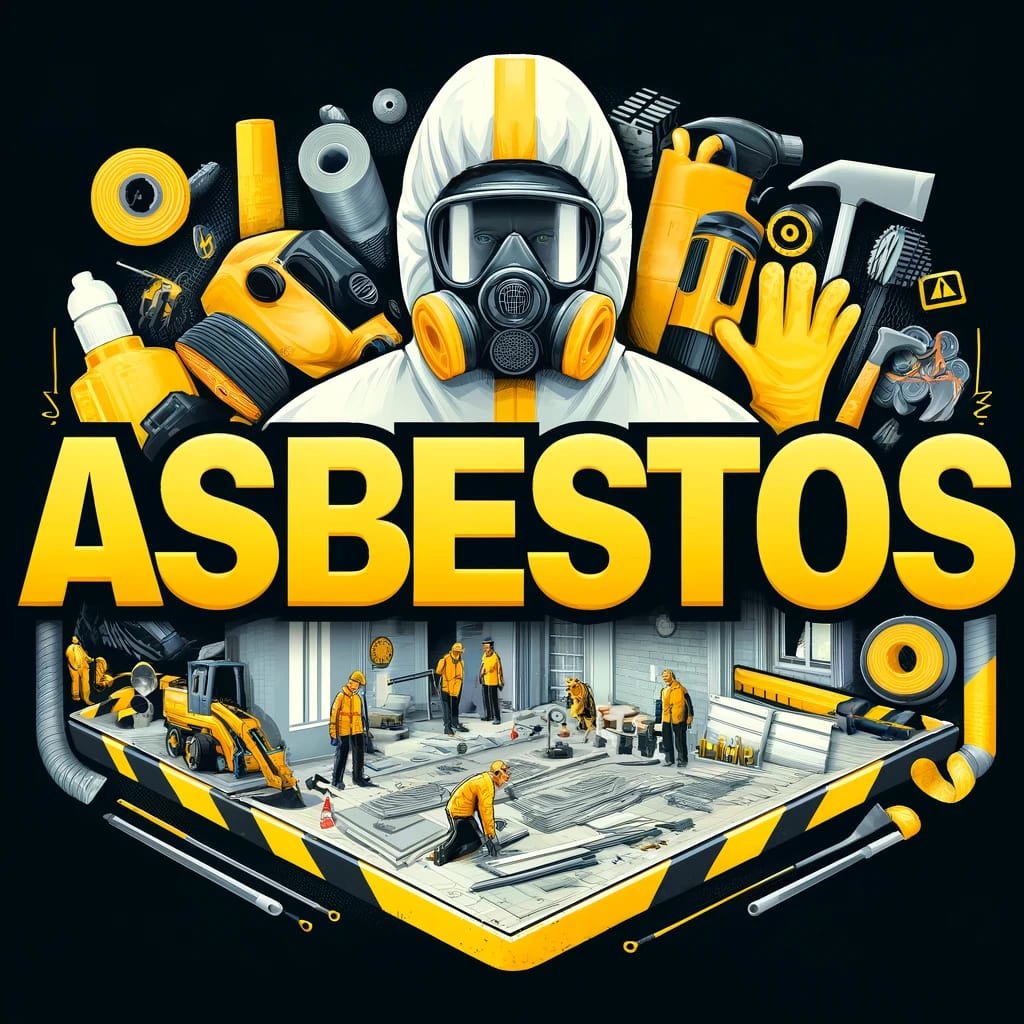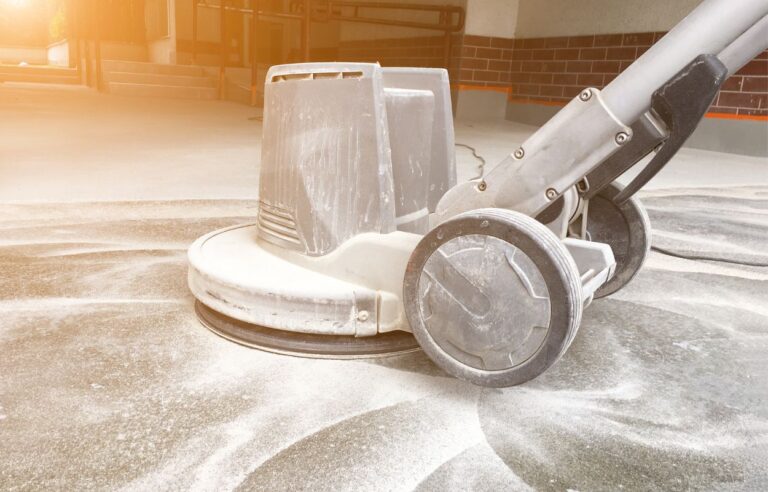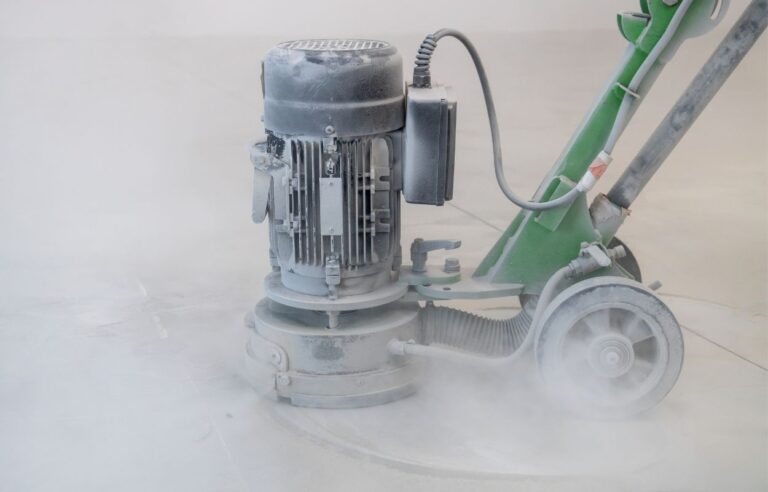Asbestos abatement is a critical process in construction and renovation projects, particularly in older buildings where asbestos-containing materials were commonly used. Proper equipment is essential to ensure the safety of workers and the effective removal of asbestos. This blog will explore the key pieces of equipment used in asbestos abatement and their roles in maintaining safety and efficiency.
1. Personal Protective Equipment (PPE)
Respirators:
-
Full-face Respirators: These provide complete protection for the respiratory system and eyes, preventing asbestos fibers from being inhaled.
-
Half-mask Respirators: Suitable for lower-risk tasks, these cover the nose and mouth.
Protective Clothing:
-
Disposable Coveralls: Made of non-woven fabric, these coveralls prevent asbestos fibers from adhering to clothing and skin.
-
Gloves and Boots: Nitrile gloves and rubber boots protect hands and feet from contamination.
2. Containment Materials
Plastic Sheeting:
-
Used to seal off the work area, plastic sheeting helps to contain asbestos fibers and prevent them from spreading to other parts of the building.
Duct Tape:
-
Heavy-duty duct tape is used to secure the plastic sheeting and create airtight seals.
Negative Air Machines:
-
These machines create negative air pressure within the containment area, ensuring that contaminated air does not escape. Equipped with HEPA filters, they capture airborne asbestos fibers.
3. Asbestos Removal Tools
HEPA Vacuums:
-
High-Efficiency Particulate Air (HEPA) vacuums are essential for cleaning up asbestos dust and debris. They are designed to capture even the smallest asbestos fibers, preventing them from becoming airborne.
Wet Methods:
-
Misters and Sprayers: Applying water to asbestos-containing materials reduces the release of fibers during removal. Misters and sprayers ensure the materials remain wet throughout the abatement process.
-
Encapsulants: These are sprayed onto asbestos materials to lock in fibers, preventing them from becoming airborne during removal.
Hand Tools:
-
Scrapers, Pliers, and Utility Knives: These tools are used to carefully remove asbestos-containing materials. Manual tools are preferred to minimize disturbance and fiber release.
4. Decontamination Units
Decontamination Showers:
-
These portable units allow workers to thoroughly wash off asbestos fibers before leaving the containment area. They are equipped with water filtration systems to prevent contamination of the water supply.
Waste Disposal:
-
Leak-tight Containers: Asbestos waste must be sealed in leak-tight containers labeled as hazardous material. These containers prevent fibers from escaping during transport.
-
Hazardous Waste Bags: Double-layered bags are used to securely contain asbestos waste before it is placed in the containers.
5. Air Monitoring Equipment
Air Sampling Pumps:
-
These devices collect air samples from the containment area to measure asbestos fiber levels. Regular air monitoring ensures that abatement procedures are effective and that the air is safe for workers and occupants.
Phase Contrast Microscopy (PCM):
-
PCM is used to analyze air samples for asbestos fibers. This method provides immediate results, allowing for timely adjustments to abatement procedures if necessary.
Conclusion
Asbestos abatement requires a comprehensive set of equipment to ensure safety and effectiveness. Personal protective equipment, containment materials, specialized removal tools, decontamination units, and air monitoring equipment all play crucial roles in the process. By utilizing the right equipment, abatement professionals can protect themselves, building occupants, and the environment from the hazards of asbestos exposure.





